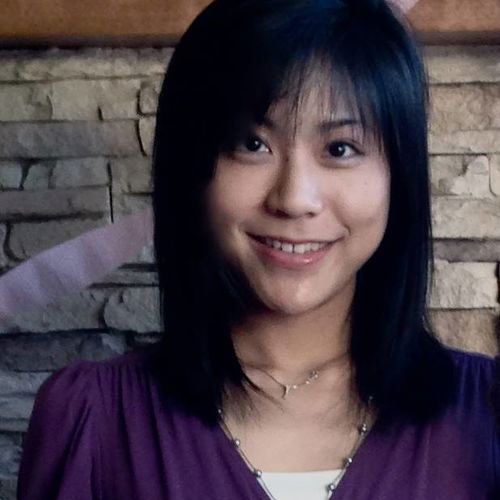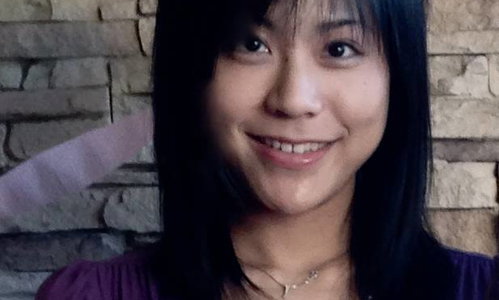Ravel in Reflection
Details
Iris M. Otani full profile / Piano Trio, Violin/Cello Duo / 3 musicians
Other players: Shuo Zhai (piano), Iris Otani (violin), Summer Hu (cello)
Full program notes
Maurice Ravel (1875–1937)
Sonata for Violin and Cello (1920–1922)
i. Allegro
ii. Très vif
iii. Lent
iv. Vif, avec entrain
Piano Trio in A minor (1914)
i. Modéré
ii. Pantoum (Assez vif)
iii. Passacaille (Très large)
iv. Finale (Animé)
Sonata for Violin and Cello (1920–1922)
In 1920, Ravel was invited to contribute to a concert in memory of Claude Debussy, the Tombeau de Claude Debussy, along with composers such as Stravinsky, Satie, and Bartok. It must have felt complicated for Ravel, who had deeply admired Debussy, but later became estranged when the press pitted them against each other and Ravel faced accusations of imitating Debussy in works such as his String Quartet. Still, Ravel submitted what would become the first movement of his Sonata for Violin and Cello, and chose to dedicate the completed work to the memory of Debussy.
Ravel would describe the Sonata as a "turning point" in his compositional style, shifting away from the atmospheric colors of Impressionism to the clearer forms, structural balance, and renewed emphasis on linear melody of the Neoclassical style. One of the hallmarks of the Sonata is Ravel's insistence that the violin and cello be treated as a single voice, often sharing tone color and register in ways that push past conventional idiomatic writing for each instrument.
Ravel composed the Sonata in the early years of the Roaring '20s from 1920-1922 amidst a post-war push towards modernism. He described the final work as "music stripped to the bone, the allure of harmony rejected, and increasingly the emphasis returns to the melody."
Piano Trio in A minor (1914)
Ravel wrote his only piano trio composition in a purported 5 weeks, after several years of planning. August 1914 saw the start of World War I, and in Ravel's words to Igor Stravinsky, "The idea that I should be leaving at once made me get through five months' work in five weeks!". To his student, Maurice Delage, he wrote that he worked "... on the Trio with the sureness and lucidity of a madman." This provides a backdrop for the wistful lyricism and grandiose impetuousness throughout the piece. Additional influences include the Zortziko 3-2-3 dance from the Basque region in the south of France in the first movement, the Pantoum, a Malaysian poem with 4-line stanzas where the 2nd and 4th lines become the 1st and 3rd lines of the next, in the 2nd movement, and the Baroque style Passacaglia in the 3rd movement.
Videos from this player
Other programs from this ensemble
Evening Reverie in Cole Valley
- Musician profile: Iris M. Otani
-
Instruments: Piano Trio
- Musicians: Iris M. Otani, Shuo Zhai (piano), Summer Hu (cello), Iris Otani (violin)

 Continue with Facebook
Continue with Facebook
 Continue with Google
Continue with Google
 Continue with Apple
Continue with Apple



